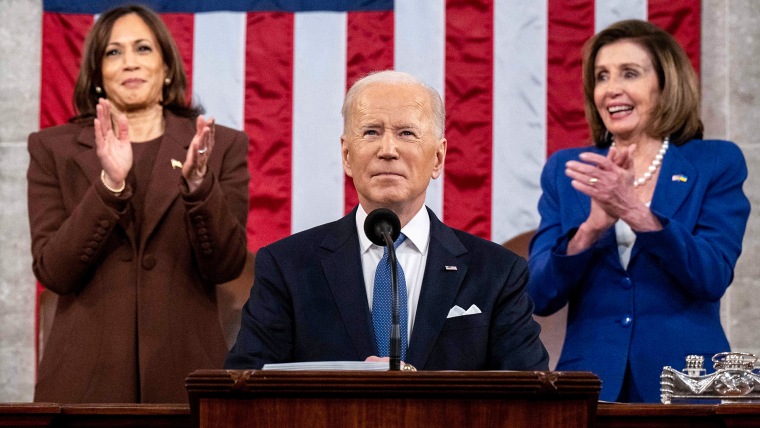Prices of new drugs have soared. Will legislation be able to stop it?

The prices of new drugs in the United States have climbed for more than a decade, a study published Tuesday finds.
According to a research letter in the Journal of the American Medical Association, the launch prices of new brand-name drugs increased by nearly 11 percent every year from 2008 through 2021.
“These prices are increasing far out of proportion to other health care services,” said lead author Dr. Benjamin Rome, a researcher at the program on regulation, therapeutics, and law at Brigham and Women’s Hospital in Boston.
Rome, along with his colleagues, observed price increases for all types of drugs, including cancer drugs, non-cancer drugs, pills and injections, he said.
“Ultimately,” he said, “all health care costs are borne by consumers — either direct out-of-pocket costs, higher premiums or taxes in the case of public health insurance.” He added, “Insurance companies can also require prior authorization for expensive new drugs or not cover the drugs at all.”
In the study, the researchers calculated the negotiable sticker prices for new drugs on the market, or the net price. These prices were adjusted for inflation, and also calculated in light of rebates many drugmakers offer for the drugs. For their analysis, the researchers also considered that many of the new drugs launched during the study period were for rare diseases or biologic therapies, which are more expensive to make.
The researchers limited their scope to drugs sold by public companies and the net price averages included nearly 400 new drugs in total.
Median drug prices for a year’s supply increased from $2,115 in 2008 to more than $180,000 in 2021. The greatest increases were for cancer drugs and therapies used to treat rare diseases — drugs that are much more costly to make. In 2008, 9 percent of drugs cost $150,000 or more per year, compared to 47 percent in 2021.
They found that 65 percent of the novel drugs contained new active ingredients that had not yet been available in the U.S.; 25 percent were biologics, which are large molecule drugs that are more expensive to make than the small molecule drugs that preceded them, and 22 percent were cancer drugs.
Prices went up regardless of the drug type, Rome said, adding that it’s unclear whether a newly developed drug is better than an older available option.
“We know from prior research that only approximately 1 in 3 new medications has proven substantial benefits over existing therapies,” he said.
The researchers did not look at how the prices changed after their initial launch price. But according to Rome, new drugs typically exist in the market for an average of 12 to 17 years without competition from generic drugs, which eventually lower brand-name drug prices. According to the study authors, without competition, drug manufacturers routinely increase prices over time.
According to Karen Van Nuys, a research assistant professor at the University of Southern California Schaeffer Center for Health Policy and Economics, drugmakers “set the price high because they are protected, because they can.”
Van Nuys, who was not involved with the new research, noted that the largest price increases were seen in 2020 and 2021. While half of new drugs entering the market cost more than $150,000 per year in 2020 and 2021, the 2021 increase was largely driven by two cancer new drugs that cost $1.6 million and $3.2 million annually.
The substantial jump, she suspects, was driven by the possibility of federal regulation over drug price increases.
In 2021, Congress was discussing a law that would aim to curb rising drug prices — but it may have had unintended consequences, Van Nuys said. The provision, which is part of the Biden administration’s stalled Build Back Better Act, would require drug companies to pay rebates to Medicare if they increased drug prices by more than the rate of inflation.
“You can launch at whatever price you want, but after you launch, you cannot increase the price more than the rate of inflation,” she said. “If you are a manufacturer that is potentially facing that kind of restriction after you launch, you’re going to hike up your list price.”
“It’s still raising drug prices, it’s just the way or the mechanism by which prices rise changes,” Van Nuys said.
Follow NBC HEALTH on Twitter & Facebook.
Kaitlin Sullivan
Kaitlin Sullivan is a contributor for NBCNews.com who has worked with NBC News Investigations. She reports on health, science and the environment and is a graduate of the Craig Newmark Graduate School of Journalism at City University of New York.

